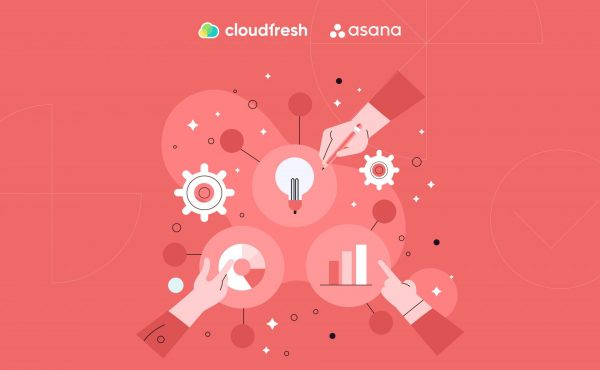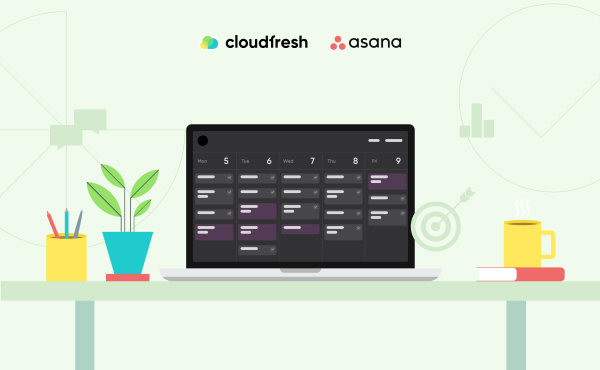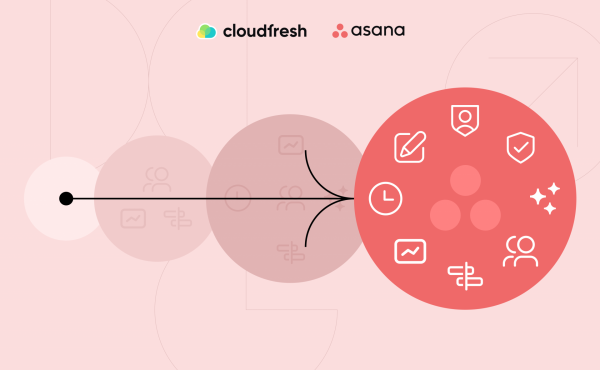2024: The Year Project Management Techniques Meet AI
All About Requirements Traceability Matrix: How to Create & Use It
- Introduction
- What Is Requirement Traceability Matrix? Detailed Insights
- Components of Requirement Traceability Matrix
- Three Types of Requirements Traceability Matrices (RTM)
- Benefits and Importance of Requirements Traceability Matrix (RTM)
- How to Create a Requirements Traceability Matrix (RTM) [Step-by-Step]
- Summary

Your product may look good in theory, but theory doesn’t always turn to reality.
How can you guarantee that your project stays on track from conception to completion? This question always arises when it comes to the final stage of web development. Moreover, ensuring your final product meets all specified requirements is important while launching. According to the latest statistics, a staggering 60% of software projects die due to human error. Almost 37% of IT projects fail because of poor requirements management. That’s why making use of Asana tips on subjects such as requirements traceability matrix (RTM) becomes essential.
Think of it like a roadmap that connects the dots between what the stakeholders want (the requirements) and how the project team plans and tests to deliver it (the deliverables). Usually, it covers every stage of the software development lifecycle (SDLC) — from conception to post-deployment maintenance. And it concerns both simple and complex products and projects. An RTM matrix ensures that all requirements are addressed, nothing is missed, and the final product satisfies the customer’s expectations.
Below, we will dig deeper into specifics and benefits of the requirement traceability matrix, — one of the key tools used in the web development process.
What Is Requirement Traceability Matrix? Detailed Insights
Sometimes, the requirements traceability matrix is also termed “the procedure of tracing forward requirements and backward requirements” and “cross-reference matrix” (CRM).
At its core, a RTM matrix is a kind of table document or tool that maps and traces requirements throughout the software development life cycle. It is widely used by business analysts and project managers to establish clear bi-directional links between:
- Business requirements and stakeholder needs.
- Functional and non-functional requirements.
- Requirements and their associated test cases.
- Requirements and the corresponding design/implementation components.
Requirement traceability matrix can be implemented regardless of the phase of the developing process. However, we recommend utilizing it at the very beginning of your project to eliminate any issues in the early stages.
To better understand the procedure of RTM, let’s divide it into two terms it consists of — traceability and matrix. In project management, “traceability” means the ability to track something from beginning to end in both forward and backward directions.
A matrix is essentially a grid or table that visualizes the relationships and connections between different elements. In the case of the RTM matrix, it maps requirements to other artifacts such as project documentation, test cases, risk elements, etc. The matrix structure provides a clear, readable schema that allows stakeholders from different teams (business analysts, developers, testers) to understand how requirements are distributed across the SDLC and track their status.
Components of Requirement Traceability Matrix
The common elements of an RTM are:
- Requirement name and description — A clear, actionable name for each requirement and a brief description to provide context for those responsible.
- Requirement ID or requirement number — A unique identifier for each requirement for easy tracking and referencing. You can use a numeric or alphanumeric code, like R012, to label each requirement.
- Requirement description — A clear brief statement of what the system must do or a quality it should possess, like “welcome email” or “user can view profile”.
- Deliverable — This refers to the final product created by developers that aligns with the specifications detailed in the RTM.
- Assignee — This identifies the individual or team responsible for fulfilling a particular requirement.
Some RTMs may also include columns for:
- requesting department/person;
- business need;
- project objective;
- specifications or design statuses.
To improve the requirements management process one more time, Asana offers easy-to-use integrations with various tools. For example, Google Workplace integration allows you to attach requirements documents and design specifications. Integration with GitLab ensures development team consistency by automatically creating branches and merge requests. And integration with Zendesk ensures responsiveness to customer feedback and support requests by creating Asana tasks from Zendesk tickets.
As an Asana consultant, Cloudfresh covers your needs with essential services.
Three Types of Requirements Traceability Matrices (RTM)
There are three primary types of RTM that serve different purposes throughout the SDLC. They are based on the direction, so you can expect to meet:
- Forward Traceability Matrix (FTM) ▶️ This one’s all about perspective. It tracks how each requirement transforms into specific deliverables, test cases, and so on. FTM starts with your requirements and traces them to see they are implemented and tested. It is perfect for ensuring that all requirements are met and nothing is left out. It’s also great for change management, as you can easily see the impact of any changes on subsequent artifacts.
- Backward Traceability Matrix (BTM) ◀️ A backward or reverse traceability matrix works in the opposite way. It allows you to trace elements back to their origin requirements. This format enables root cause analysis and impact assessment when issues or changes arise.
- Bi-directional Traceability Matrix (BRTM) 🔁 This is a combination of both forward and backward models. It gives teams a full understanding of how requirements change throughout the project lifecycle, from creation and testing to change tracking and defect analysis.
Now that we understand the basics of the RTM matrix, let’s find out how it benefits project management.
Benefits and Importance of Requirements Traceability Matrix (RTM)
In any software development project, requirements form the foundation on which the entire system is built. Whether they are captured in a formal software requirements specification (SRS) document or presented as user stories in an agile environment, these requirements must be clearly understood, accurately implemented, and thoroughly tested.
This is where a requirements traceability matrix becomes indispensable, offering such benefits:
- Ensuring complete test coverage. When the QA team receives SRS or backlog items, they can map each requirement to the corresponding test cases in RTM. Bi-directional tracing ensures that no requirement goes untested, maximizing test coverage and product quality.
- Facilitate change management. Requirements change frequently due to changing business needs or stakeholder feedback. RTM matrix makes it easy to identify the specific components (design, code, tests) affected by a change in requirements, ensuring efficient updates and minimizing rework.
- Increased transparency and accountability. By tracing requirements back to their origins, requirement traceability matrix provides valuable insight into why and by whom certain features were requested. This transparency helps prioritize requirements and align development efforts with stakeholder needs.
- Improved collaboration and communication. RTM serves as a common point of reference for cross-functional teams, including business analysts, developers, and testers. This improves collaboration, ensures a unified view, and reduces misinterpretations or missed requirements.
- Requirement reuse and impact analysis capability. When a new project or product iteration arises, it allows teams to easily identify and reuse existing requirements or tests.
- Facilitating compliance and auditing. In regulated industries with strict documentation and traceability requirements, the RTM matrix provides a clear audit trail, mapping requirements to their implementation and verification activities.
By supporting well-structured RTM, organizations can streamline development processes, minimize risk, and deliver high-quality software that meets customer expectations while fostering collaboration and transparency across teams.
How to Create a Requirements Traceability Matrix (RTM) [Step-by-Step]
While spreadsheets like Excel are commonly used for requirements traceability matrices, they may not be the most effective solution. Static spreadsheets can lead to confusion with multiple versions, while collaborative software like Asana ensures everyone has access to the most up-to-date information in real time.
Despite the challenging name, building a RTM matrix doesn’t have to be difficult. Let’s create a quick and straightforward version of a requirements compliance matrix together.
- Start with a template (hierarchical, flat, etc.) or create your own custom matrix to match your preferences and project needs.
- List stakeholders, documents, systems, etc., in the first column.
- Categorize requirements as functional, non-functional, business, etc., and list them in the first row.
- Give each requirement a unique identifier and a clear description in the corresponding cells.
- For each requirement, identify associated deliverables, test cases, and other artifacts, and list their IDs or names in the relevant cells. Use notes to add details and attach documents or links.
- Use colors or symbols to indicate the status and priority of each requirement and its artifacts. Apply display rules to differentiate between various types of requirements.
How to create RTM in Asana:
Set Up Asana Project. Click the “+ Create” button, select “New Project,” and name it “Requirements Traceability Matrix” (or similar).
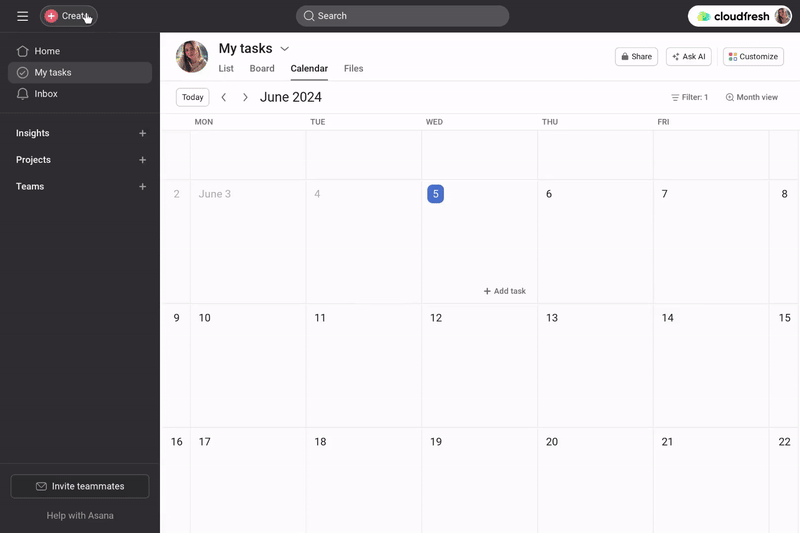
Create Sections for Requirement Categories. Add sections like “Functional Requirements” and “Non-Functional Requirements.”
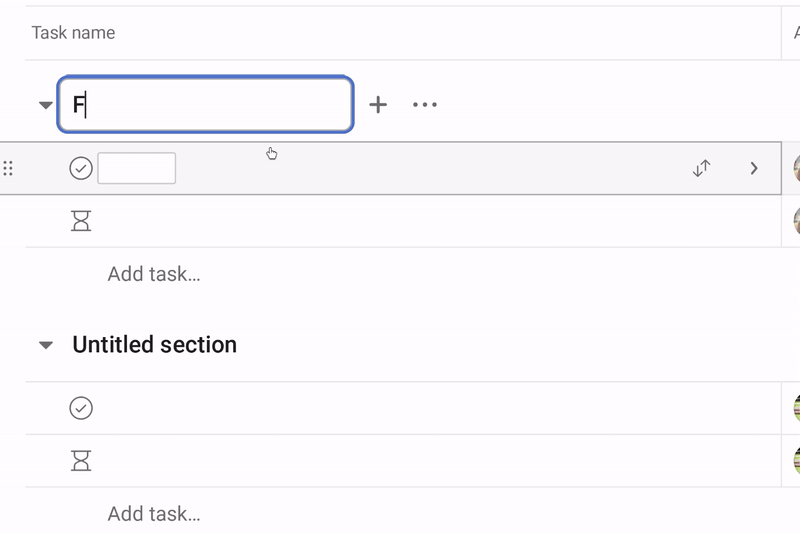
Add Tasks for Each Requirement. Include details such as requirement ID, description, source, and priority.
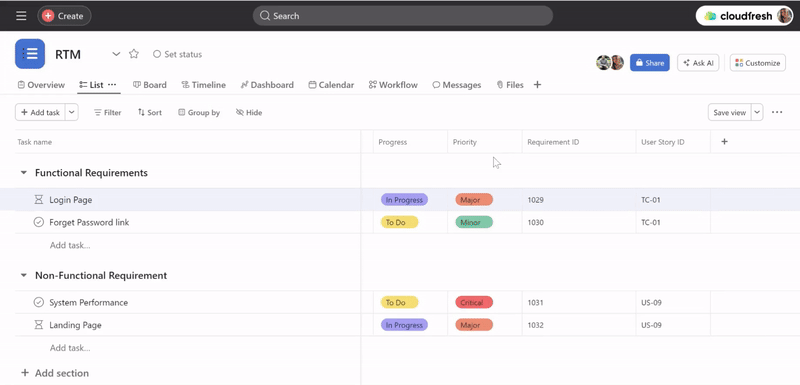
Link Requirements to Test Cases and Artifacts. Go to “Customize” in the toolbar and add custom fields for Requirement ID, User Story ID, Traceability Links, Priority etc.
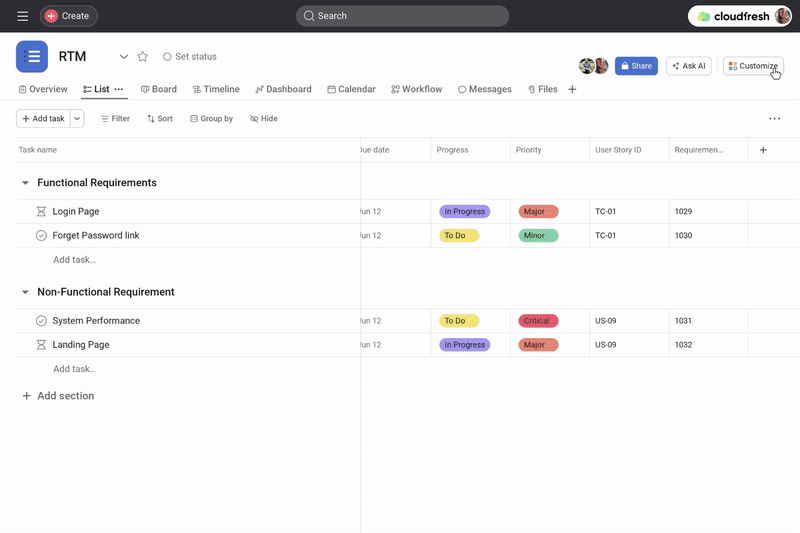
Assign Responsibilities. Assign each task to the team member responsible.
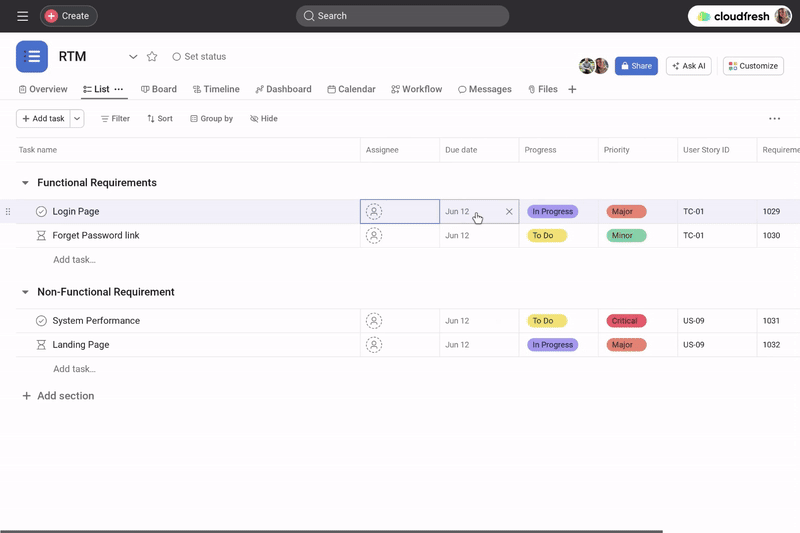
Track Progress. Update task statuses (e.g., In Progress, Done) to monitor progress.

Use Dependencies. Show relationships between tasks by adding dependencies.
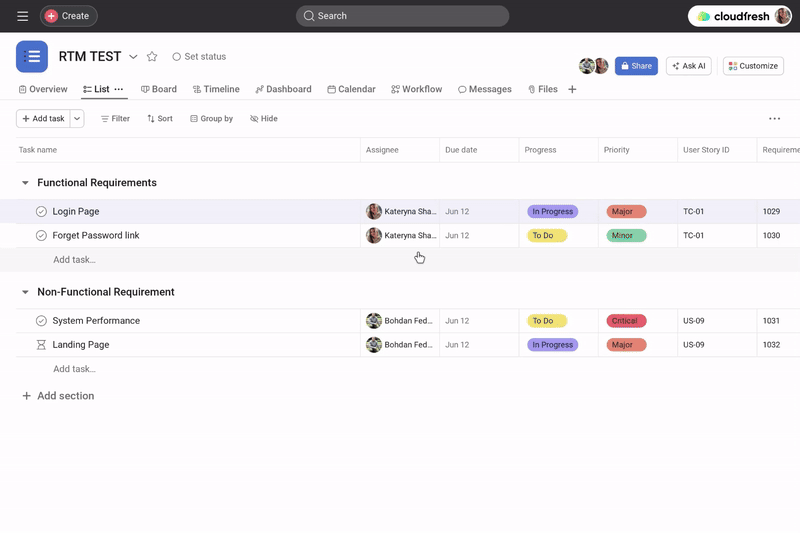
Review and Update Regularly. Regularly review and update the RTM and schedule meetings with stakeholders.
Note, that if there are any empty spaces in the RTM matrix, they may be potential areas for exploration.
Asana offers powerful features that can streamline the creation and management of a requirements traceability matrix. With custom fields, you can define requirement IDs, types, descriptions, and associated test cases. The Board view provides a visual way to map requirements to other artifacts like designs and code components. Additionally, Asana’s integration with TestRail allows you to link requirements directly to test cases, ensuring complete traceability.
Summary
Is a requirements traceability matrix (RTM) right for you? It always depends on the situation.
While RTMs are widely used in software development, they have applications in a variety of industries. For example, an automotive company might use RTM matrix to evaluate the effectiveness of a cars’ safety systems, while a medical device manufacturer might use them to address compliance and quality issues. In fact, anyone can and should consider using an RTM to measure the overall success of their project.
However, the choice is yours. Weigh the pros and cons, consider your project’s unique needs, and choose the path that leads to success.
At Cloudfresh, we understand how important robust requirements management is to successful software delivery. As an Asana Partner, we offer comprehensive solutions and consulting services to optimize your project management using industry-leading tools and best practices.
Don’t leave the success of your project to chance. Partner with Cloudfresh to optimize requirements management with the latest technologies and best practices. Explore our Asana plans to find the best fit for your organization.
Contact our experts today to discuss your needs.












